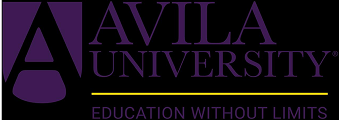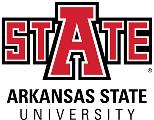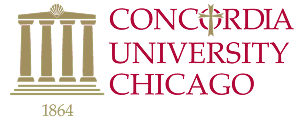Comprehensive Overview of USA
The United States offers an extended education system with a broad spectrum of universities, colleges, and vocational schools. It offers a broad range of academic programs from undergraduate to doctorate degrees supported by state-of-the-art research equipment and innovative pedagogy. With intense emphasis on practical training, internships, and global networking, America offers one of the best environments for the development of skills that meet global standards helping students succeed anywhere in the world. Its diverse atmosphere and spirit of enterprise produce a value-added experience well beyond the classroom.
| Category | Details |
|---|---|
| English Proficiency Test | TOEFL, IELTS, PTE, DUOLINGO |
| Cost per year | Undergraduate: USD 120,00 – 50,000. Graduate: USD 14600 – 40,000. PhD/Research: USD 20,000 – 45,000 |
| Intakes | Main intakes: Fall (August/September), Spring (January/February), Summer (June/July) |
| Source of Funding | Scholarships, grants, fellowships, student loans,Graduate Assistantship |
| Post Study Work | 1 year for non-STEM fields, extendable to 3 years for STEM graduates under OPT |
| VISA | Student Visa Required |
Key Reason to Choose USA
Since the United States possesses the best combination of academic performance, diversity of experiences, and broad professional opportunities, students are able to achieve their full potential globally.
Partnered with 500+ Trusted Universities Worldwide
Student Visa Requirements
For international students wishing to study in the United States, an F-1 Student Visa application is required. The application requires an admission letter from an accredited United States institution, proof of having sufficient money to cover study fees and living expenses, and a valid passport. Additional documentation such as biometrics and finances may be required. F-1 visa generally lasts until the duration of study under an academic course, and extensions are made when students continue their studies.
Cost of Living & Budgeting
Standards of living are variable and differ from place to place, and San Francisco and New York are costliest among large cities than college communities. Transport, food, medical service, and accommodations are paid by students. Budgeting workshops and counseling are offered by all universities, and several affordable housing facilities are offered to achieve equivalence between living and academic pursuits.
Accommodation Options
American colleges and universities offer various arrangements ranging from residence halls and dormitories on campus to off-campus apartments and shared living. On-campus living provides the quick, integrated campus experience, while off-campus living prioritizes greater freedom and autonomy. Students are urged to hunt and research, and evaluate the accommodations on location, cost, and personal needs grounds well before the start of the academic session.
Work & Internship opportunities
F-1 international students are eligible to work 20 hours per week on campus during the semester – and full time on campus during breaks. Furthermore, the majority of American colleges and universities permit off-campus internships via their Curriculum Practical Training (CPT) and Optional Practical Training (OPT) programs. Such exposure enables students to turn theoretical knowledge into practice, acquire professional network contacts, and develop their resumes, all of which benefit their long-term careers.
Get the Answers You Need for Studying in USA
USA is the dream destination for many students. The below are some of the most common questions about studying in USA:
Culturally rich cities like New York, Boston, San Francisco, Los Angeles, San-Antonio, Houston and Florida are favored by international students because they provide diverse academic, social, and professional opportunities.
4 years of learning are normally necessary to obtain an undergraduate degree, and 2 years normally spent to obtain master's. 2-4 years for doctoral degrees depending on the topic and demand.
I-20 is an official document issued by a US institution that includes student personal and school details, the total cost of attendance (COA) at an institution, and any scholarships received or family financial support. Turn around time to receive an I-20 is typically 2 to 3 weeks.There may be an I-20 deposit involved for the issuance of I-20 for some institutions.
Student courses or grades on a specific course will depend on various factors like attendance, class participation, assignments, group projects and exams.
Typically, Undergraduate students attend classes 3 to 5 days a week depending on the number of classes taken per semester/trimester whereas Postgraduate students attend classes 2 days a week.
American universities offer various forms of funding, including merit scholarships, need-based aid, and assistantships for Master’s students who are awarded with funding against tuition and stipend facility to cover costs.
Students initially must obtain an I-20 from a registered institution of study when applying for an F-1 visa. A valid passport, proof of having adequate funds, an admission letter, and an interview at an American embassy or consulate are generally required.





